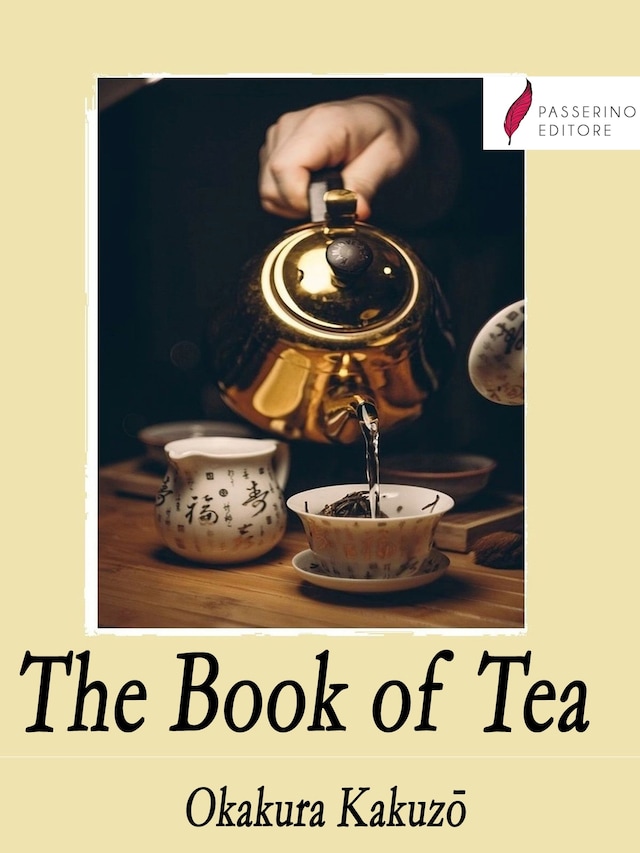
The Book of Tea
Description of book
The Book of Tea (1906) by Okakura Kakuzō is a long essay linking the role of chadō (teaism) to the aesthetic and cultural aspects of Japanese life. Addressed to a western audience, it was originally written in English and is one of the great English tea classics. Okakura had been taught at a young age to speak English and was proficient at communicating his thoughts to the Western mind. In his book, he discusses such topics as Zen and Taoism, but also the secular aspects of Tea and Japanese life. The book emphasizes how Teaism taught the Japanese many things; most importantly, simplicity. Kakuzō argues that this tea-induced simplicity affected art and architecture, and he was a long-time student of the visual arts. In the book, Kakuzō states that Teaism, in itself, is one of the profound universal remedies that two parties could sit down to. Kakuzō went on to mention that tea has been the subject of many historical events, such as peace treaties and the like. He ends the book with a chapter on Tea Masters and spends some time talking about Sen no Rikyū and his contribution to the Japanese tea ceremony.
Okakura Kakuzō (February 14, 1863 – September 2, 1913) was a Japanese scholar who contributed to the development of arts in Japan. Outside Japan, he is chiefly remembered today as the author of The Book of Tea.
 Okakura Kakuzō
Okakura Kakuzō 58 Pages
58 PagesFormat:
Language:
English